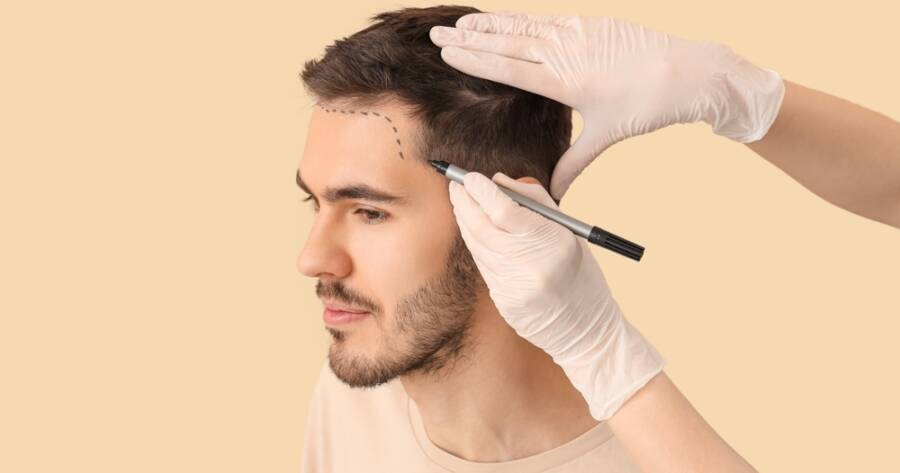Hair loss can affect anyone—men and women alike—and it often has a significant impact on self-esteem and appearance. While there are many treatments marketed for hair loss, hair transplants have become one of the most reliable and lasting options. Thanks to advances in technology and technique, today’s procedures are more natural-looking and less invasive than ever. If you’re considering a hair transplant, understanding the process, potential costs, and best global destinations can help guide your decision.
How Hair Transplants Work
A hair transplant involves moving healthy hair follicles from one part of the body—usually the back or sides of the scalp—to areas with thinning or no hair. The transplanted follicles continue to grow naturally in their new location. There are two main techniques used in modern hair transplantation: Follicular Unit Transplantation (FUT) and Follicular Unit Extraction (FUE).
In FUT, a strip of scalp is removed and then divided into individual grafts, which are implanted into balding areas. In FUE, the surgeon extracts individual follicles directly from the donor area and implants them one by one. While both methods are effective, FUE is less invasive, leaves minimal scarring, and has a shorter recovery time.
The procedure typically takes several hours, depending on the number of grafts needed. Local anesthesia is used, so the patient remains awake but doesn’t feel pain. After the transplant, there may be minor swelling or redness for a few days, and most people return to normal activity within a week.
Factors That Affect the Cost
The cost of a hair transplant can vary significantly depending on several factors. These include the number of grafts required, the surgeon’s experience, the clinic’s reputation, and the country where the procedure is performed. Since hair transplants are considered cosmetic procedures, most health insurance plans do not cover them.
Additional costs may include consultations, pre-operative blood work, medications, and follow-up appointments. Some clinics offer packages that bundle these services together, while others may charge separately. It’s important to read the fine print and ask questions during your consultation.
Although it’s tempting to choose the lowest-cost option, price shouldn’t be the only factor in your decision. The skill and reputation of the surgeon play a critical role in the final outcome. A poorly performed transplant can lead to unnatural results or the need for corrective procedures later.
Top Destinations for Hair Transplants
Hair transplant tourism has become increasingly popular, with many people traveling abroad for high-quality care at lower prices. Some of the best-known destinations include Turkey, South Korea, India, and Mexico. These countries offer skilled surgeons, modern facilities, and all-inclusive packages that attract international patients.
Turkey, in particular, has gained global attention for its expertise in FUE procedures. Cities like Istanbul are home to dozens of reputable clinics offering competitive pricing and English-speaking staff. South Korea is known for its advanced medical technologies and high standards of aesthetic care. Meanwhile, countries like India and Mexico provide affordable treatments with experienced doctors, often at a fraction of the cost in the United States.
If you’re considering traveling abroad, do thorough research before booking. Look for clinics with board-certified surgeons, strong patient reviews, and clear communication. It’s also wise to understand the travel requirements, recovery time, and what kind of aftercare will be provided once you return home.
Setting Realistic Expectations
While hair transplants can produce impressive results, they are not a magic fix. It’s important to go into the procedure with realistic expectations. The final results typically take several months to become fully visible, as the transplanted hair sheds before regrowing. Most patients see noticeable improvement within six to twelve months.
Not everyone is a candidate for a hair transplant. Your surgeon will assess the density and quality of your donor hair, the extent of hair loss, and your overall health before deciding if the procedure is suitable. Some patients may require more than one session for optimal results, especially if hair loss continues with age.
Following your surgeon’s post-op instructions—such as avoiding strenuous activity and protecting the scalp—can improve healing and the overall outcome. Good hair care, a healthy diet, and stress management can also support long-term results.
A Personal Investment in Self-Confidence
Hair transplants offer a lasting solution to hair loss and can dramatically improve self-confidence. While the process involves careful planning and financial investment, the results are often life-changing for those who feel held back by thinning hair.
Advances in technique and accessibility—both in the U.S. and abroad—make hair restoration a real option for more people than ever. With the right surgeon, a clear understanding of the process, and a healthy dose of patience, regaining a fuller head of hair is within reach.
